
Peoples and Languages
Social Media
Leave comments, suggestions, keep an eye on news in our groups on VK, Odnoklassniki and Telegram channel

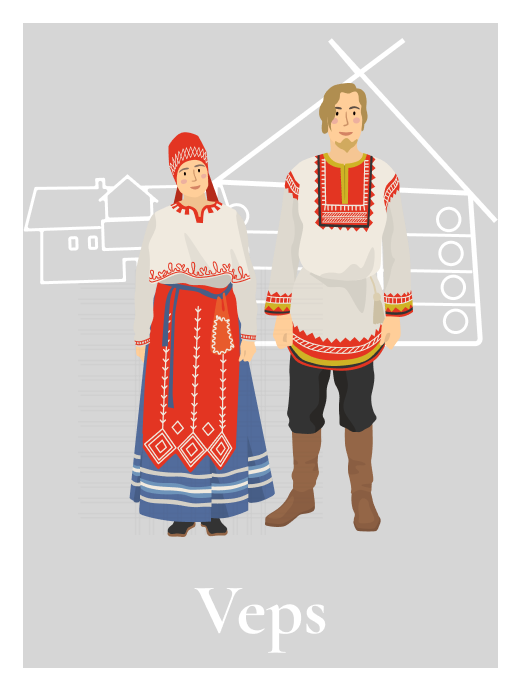
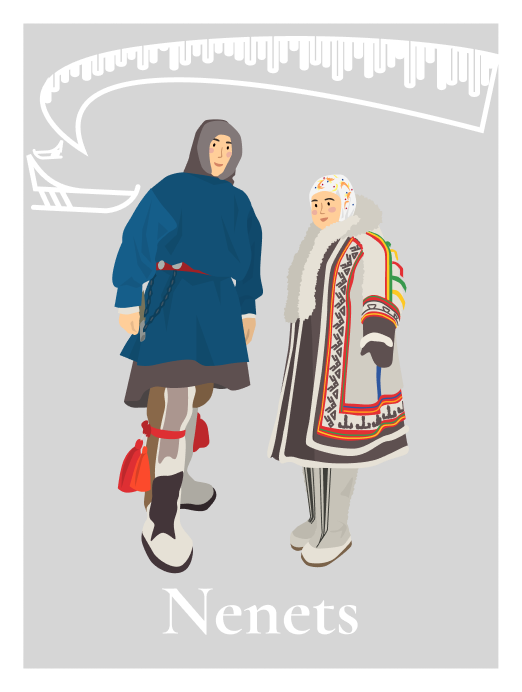
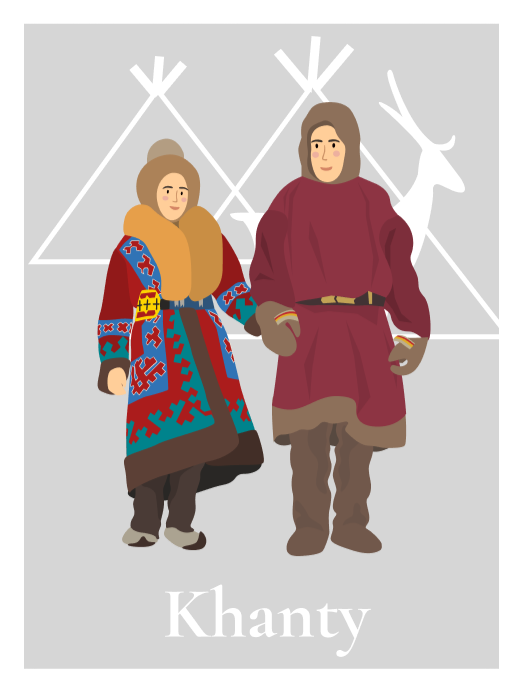


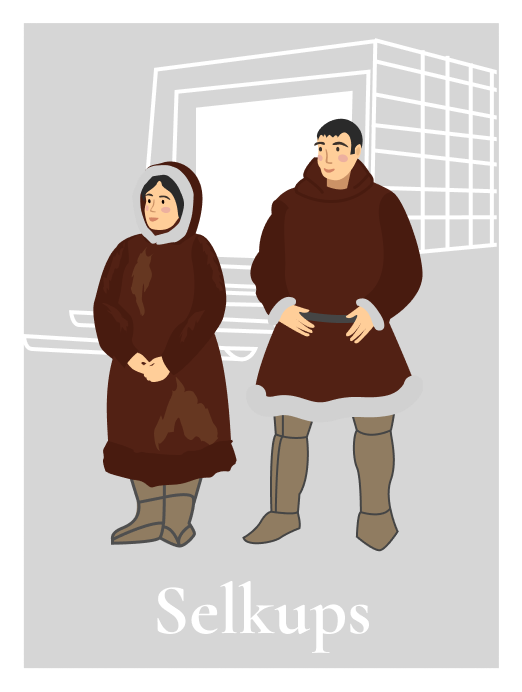
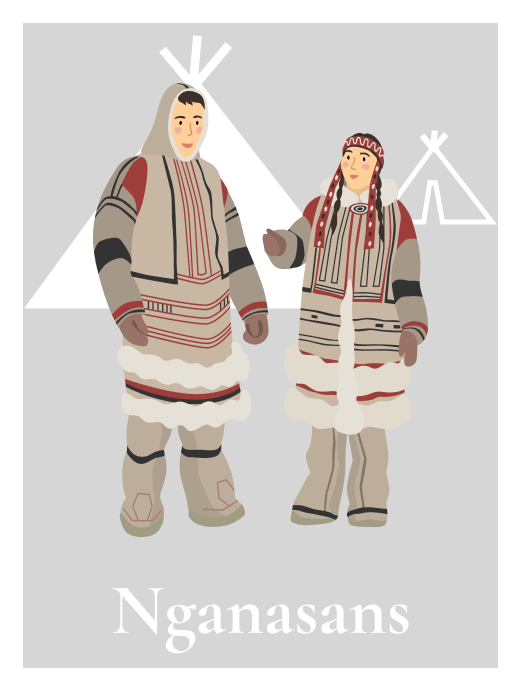
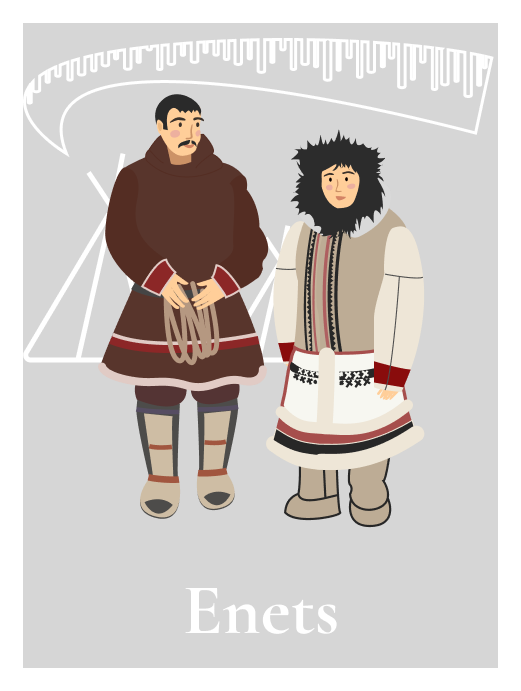

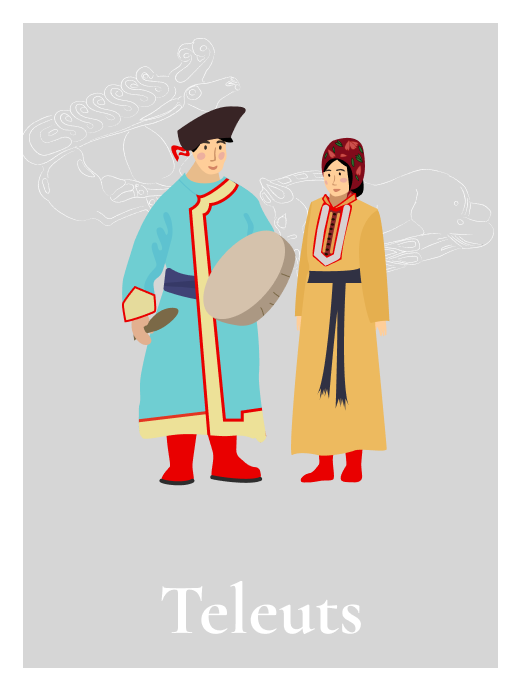


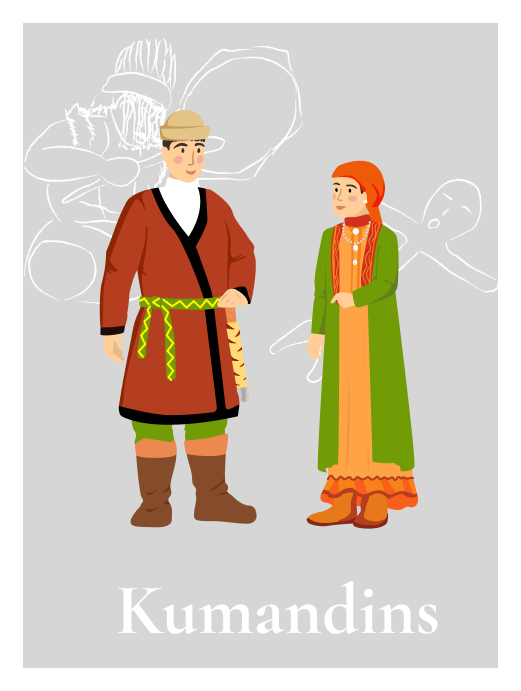
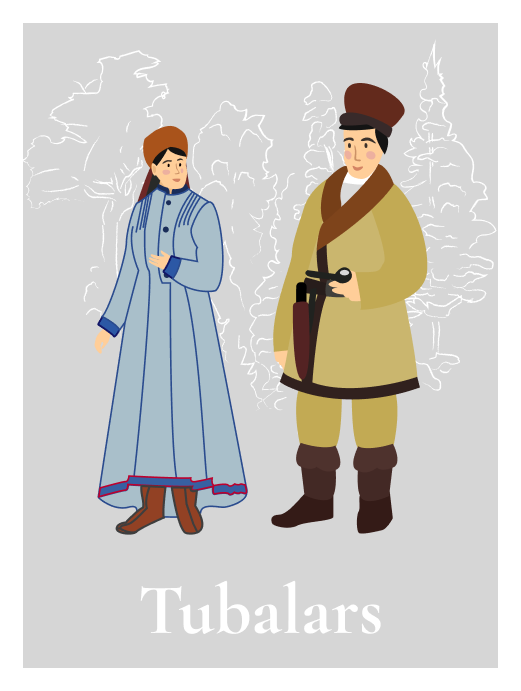
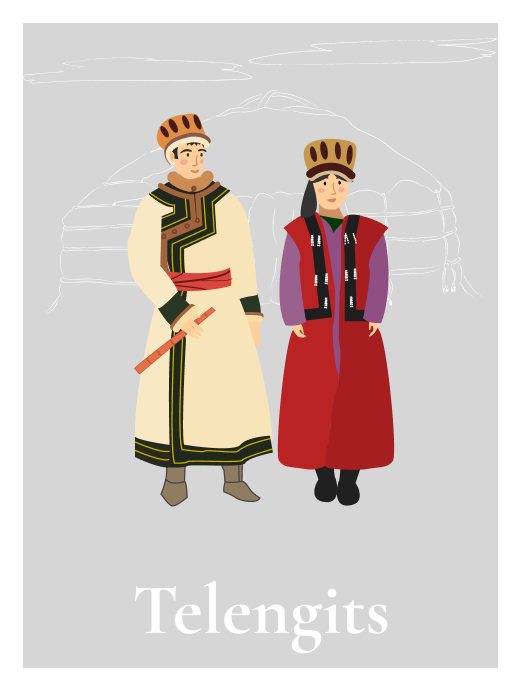


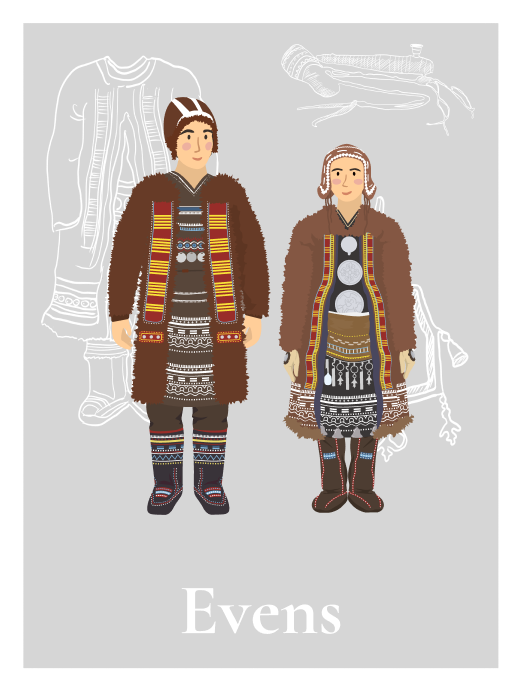
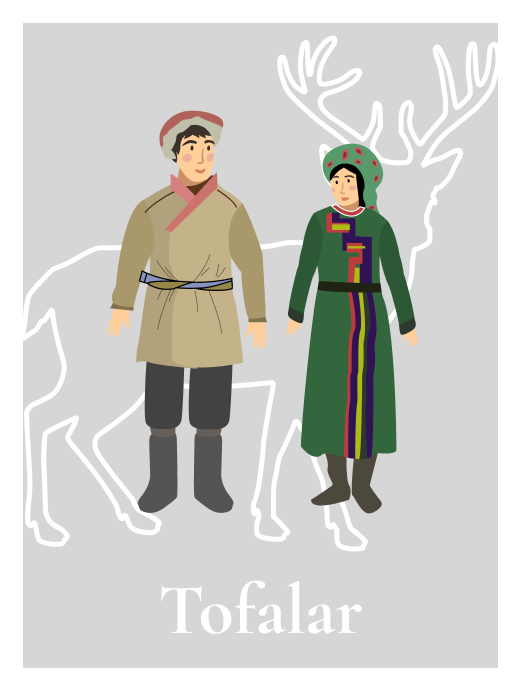
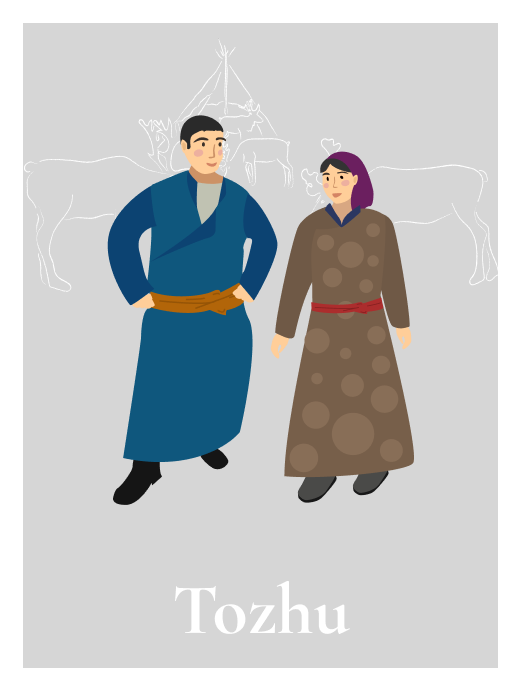
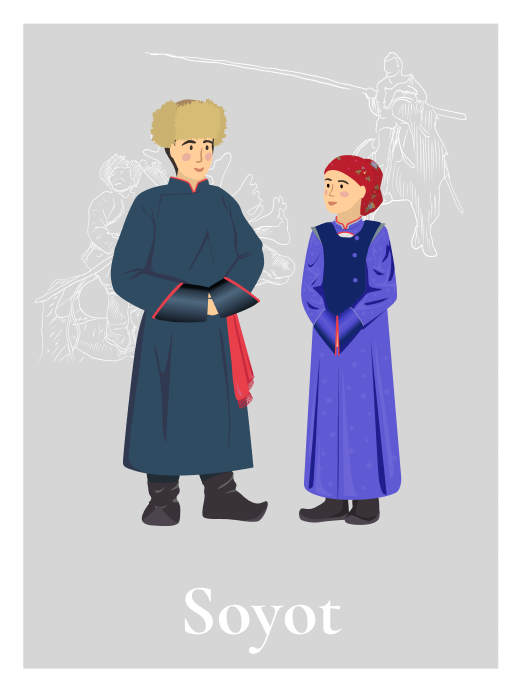
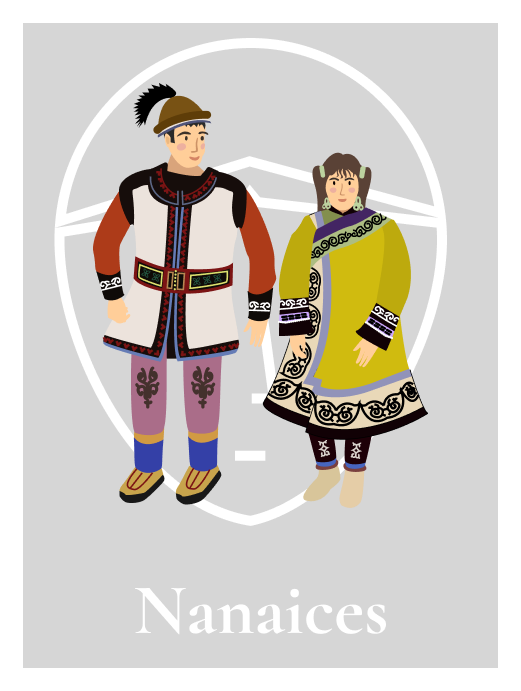
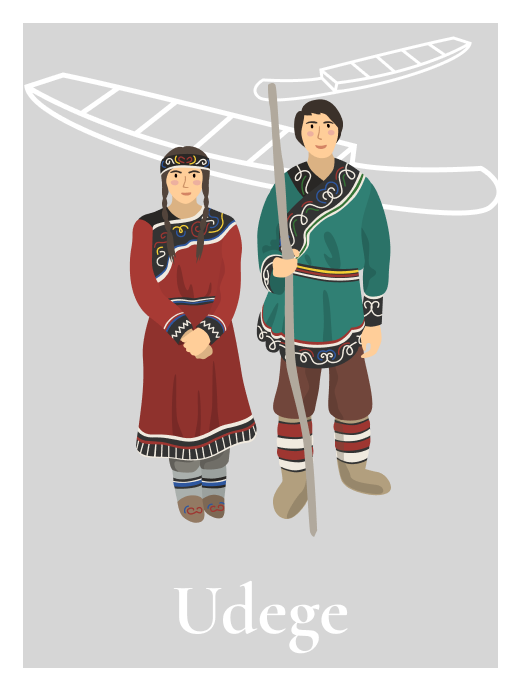

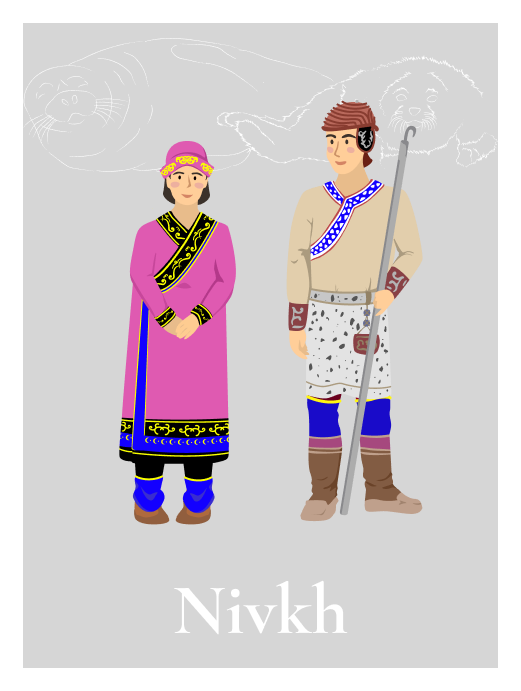




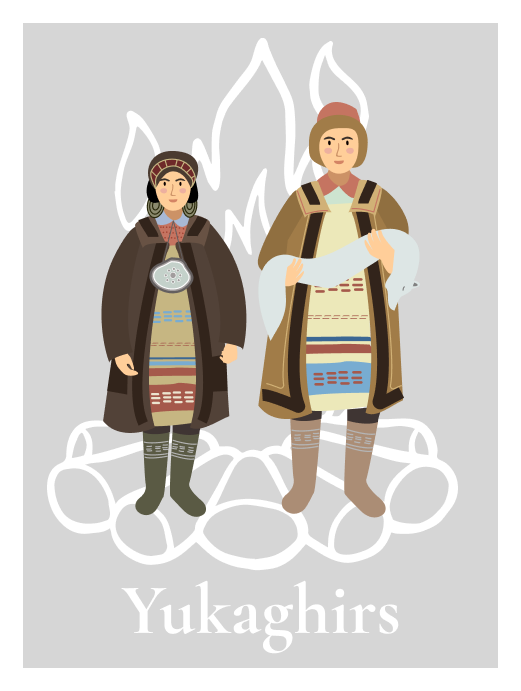

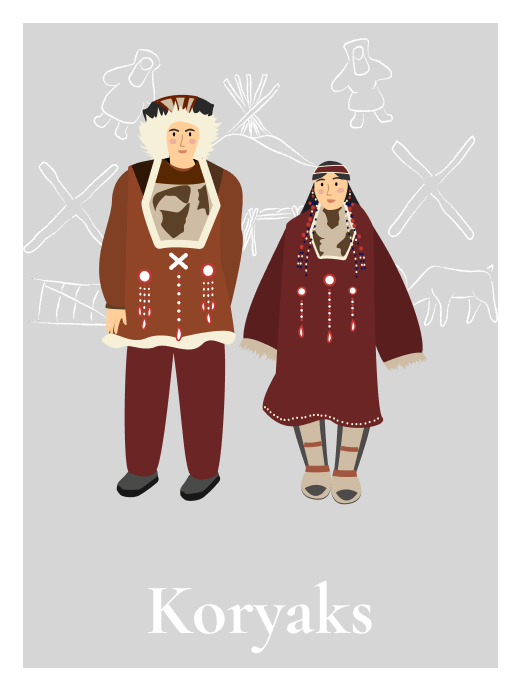

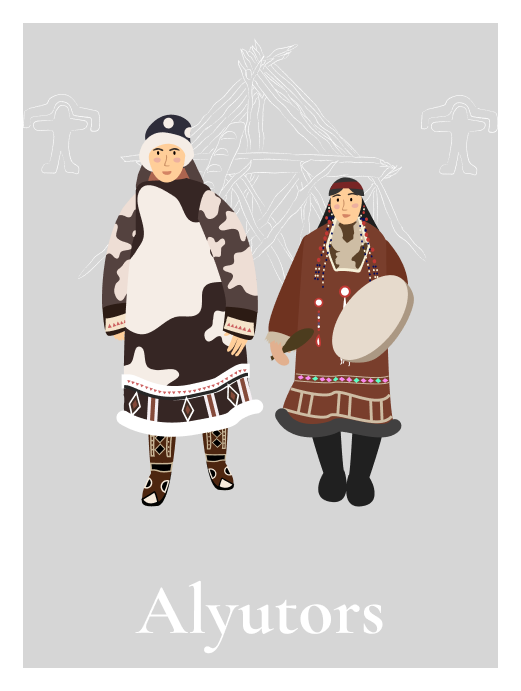

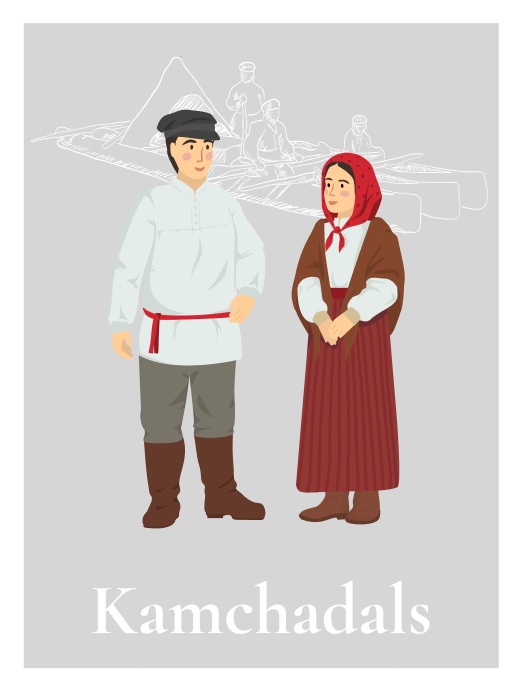
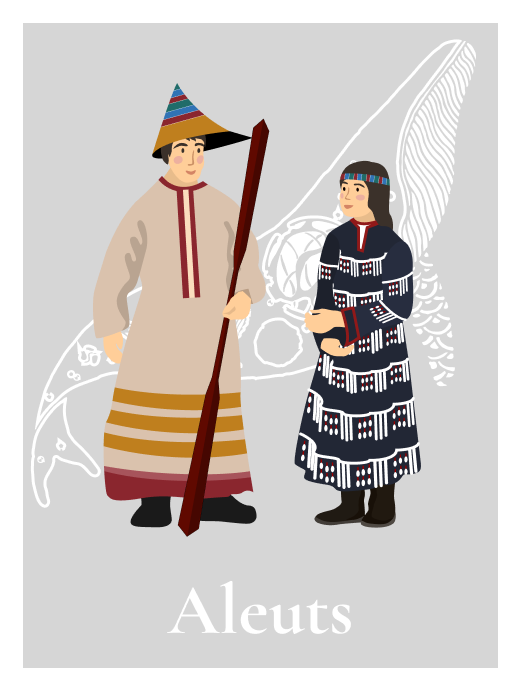

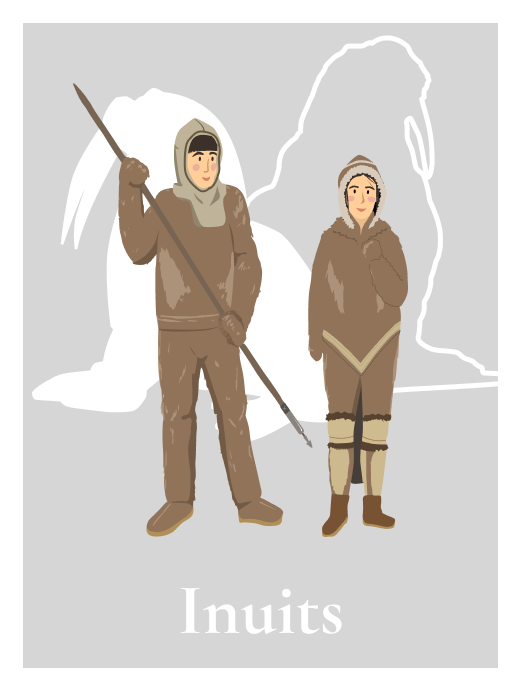
The endonym “Chukchi” comes from the self-name of the tundra Chukchi chauchu/chavchu, that is, “reindeer man”. The coastal Chukchi were called ankalyt/ankalyn, “the sea people”. There was also a common self-name for both the reindeer herders and the sea animal hunters, lygyoravetlyan, “real people”, but it did not take root as the official name of the people.
The area’s economy is primarily based on mining industry, namely gold mining. It is concentrated in the north of the area, in the Shmidtovsky, Chaunsky and Bilibinsky districts. Sergei Obruchev’s expedition (1934–1935) discovered a large tin ore deposit on the territory of Chukotka; later it was supplemented by a rich placer deposit of tin. In the late 1950s-early 1960s, two gold mining enterprises, “Komsomolsky” and “Baranikha,” were set up, and a little later the “Plamenny” mercury mine was added to them.
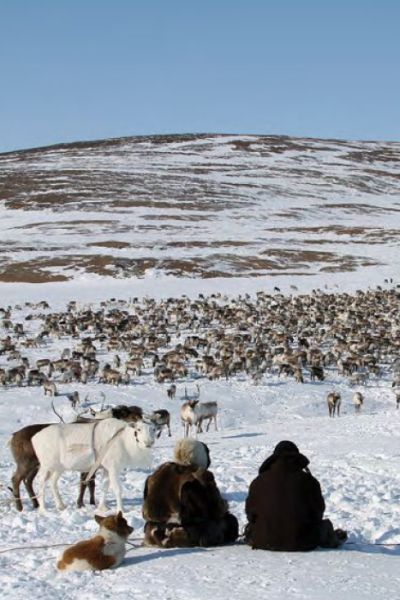
The traditional worldview of the Chukchi was based on mythological ideas about nature and society. The creation of the world, animals and humans is not presented in Chukchi myths via a united narrative. There are disjointed passages, as it were, that describe the Supreme Deity creating separate types of life on earth, without any connection or justification.